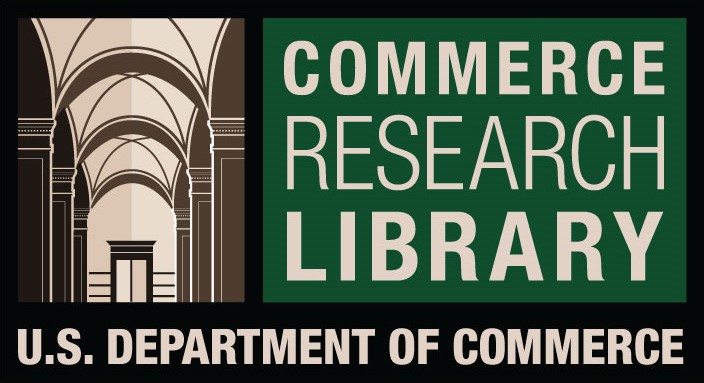Causes of Maternal Mortality and Its Implications for Adult Education in Nsukka Local Government Area of Enugu State
DOI:
https://doi.org/10.61841/r0qb2q23Keywords:
Causes, Maternal Mortality, Adult Education, Rural and ChildbirthAbstract
The study investigated the causes of maternal mortality in Nsukka Local Government Area of Enugu State, Nigeria and its implication for adult education. One research question was used to determine the causes of maternal mortality. The survey design was used. Data was collected using a questionnaire. A total of 108 pregnant women participated in the study. Data were analyzed using mean and standard deviation. The study revealed that hypertensive disorder of pregnancy, unsafe abortion and obstructed labour were among the highest causes of maternal mortality. Based on the study findings, the following recommendations were made: government should organize health education campaign for pregnant women in their communities; women should reduce the number of childbirth; and women should avail themselves of health care services such as family planning, emergency obstetric care and intrapartum care
Downloads
References
1. Adegoke P. (2005). Female Genital Mutilation: An African Humanist view. Humanist Society, Ibadan
University
2. Asamoah, B.O., Moussa, K.M., Stafstrom, M., Musinguzi, G. (2011). Distribution of causes of maternal
mortality among different socio-demographic groups in Ghana. A descriptive study. BMC public health.
Ghana, PubMed central
3. Castello, A., & Azad, K. (2006). Alternative study to reduce maternal mortality.
RetrievedNovember19,2014fromhttp://www.enwikiipediaorg/wiki/maternaldeath.org.
4. Fathalia, M.C. (1986). Maternal Mortality: Helping woman off the road to death. WHO chronicle 40(5).
106
5. Garba, A.(2006). A survey on the incidence of maternal mortality. Retrieved November 20, 2014, from
http://www.bauchistateooficeofmdgs.com
6. Heise, L, (1993). Violence against Women: The Missing Agenda. West View Press, Oxford.
7. Houle, B., Clark, S. J. and Kahn, K. (2015). The impacts of maternal mortality and cause of death on
children's risk of dying in rural South Africa: Evidence from a population-based surveillance study.
Licensee Biomed Central Ltd.
8. Ivazzo, C , Sardi, T.A & Gkegkes, I.D (2013). “Female genital mutilation and infections: a systematic
review of the clinical evidence,” Archives of Gynecology and Obstetrics, 287, 6, 1137–1149
9. Koblinsky, M. Timgan, J. & Gay, J. (1993). The health of women. Oxford West view press.
10. Lee, Q.X, Odoi, A, T, Opare – Addo, H & Dassah, E. T (2012). Maternal mortality in Ghana: A
hospital-based review. Acta Obstet Gynecol Scand.
11. Morgan, K. J. & Eastwood, J. G. (2014). Social determinants of material self-rated health in
southwestern Sydney, Australia, BMC Research 7. 1-12
12. Mrisho, M., Schellenberg, J.A., Mushi, A.K., Obrist, B., Mshinda, H., Tanner, M., & Schellenberg, D.
(2007). Factors affecting home delivery in rural Tanzania. Tropical Medicine & International Health,
12(7):862-872.
13. Nair, M., Kurinczuk, J. J & Brocklehurst, P. et al (2015). Factors associated with maternal death from
direct pregnancy complications: A UK National Case-Control Study. 122, 653 – 662.
14. Olafimilan, O.E (1993). Mutilation of female genitals: Health Implications. Nigerian School. Health
Journal. 8 (2). 18
15. The Global Partnership To End Child Marriage (2014).Girls, not Brides Talking Points: Child Marriage
and Maternal and Child health. Retrieved April 16, 2020, from girlsnotbrides.org/wpcontent/uploads/2014/04/child-marriage-and-maternal-health-Girls-Not-Brides-Updated-27-May-2013
16. UNESCO,(2012). UNESCO' definition of adult education. Canadian Radio-Television and
Telecommunications Commission, Exhibit 2-11 December 2012 Public Hearing. Retrieved April 18,
2020, from crtc.gc.ca/broadcast/eng/hearings/2012/ex2012-560a.htm
17. UNICEF, (2001). Early marriage child spouses. Innocenti Research Centre Florence. Innocenti Digest
No.7, Italy. Retrieved April 16, 2020, from Unicef-irc.org/publications/pdf/diges7e
18. United Nations Population Fund (UNPFP)(2002). Maternal Mortality Update 2002: A focus on
emergency obstetric care. New York: UNFP. Retrieved April 4, 2020, from
http:/www.u;nfpa.org/upload/libpubfile/201
19. WHO; Integrated Care Management (ICM); International Federation of Gynecology &
Obstetrics (FIGO) (2017). Making pregnancy safer: The critical role of the skilled attendant-a joint
statement. Retrieved April 16, 2020 from http://www.who.int/maternal child
adolescent/documents/9241591692/en/.
20. WHO, UNICEF, UNFPA, World Bank Group & United Nations Population Division (2015). Trends in
maternal mortality. Geneva: WHO
21. World Health Organization (WHO, 1996). Addressing violence against women: Prevention and
management of the health consequences of violence against women, WHO, Geneva.
22. Yirga, W.S, Kassa, N.A, Gebremichael, M.A & Aro, A.R (2012). “Female genital mutilation:
prevalence, perceptions and effect on women’s health in Kersa district of Ethiopia,” International
Journal of Women's Health, 4, 45–54,
Downloads
Published
Issue
Section
License
You are free to:
- Share — copy and redistribute the material in any medium or format for any purpose, even commercially.
- Adapt — remix, transform, and build upon the material for any purpose, even commercially.
- The licensor cannot revoke these freedoms as long as you follow the license terms.
Under the following terms:
- Attribution — You must give appropriate credit , provide a link to the license, and indicate if changes were made . You may do so in any reasonable manner, but not in any way that suggests the licensor endorses you or your use.
- No additional restrictions — You may not apply legal terms or technological measures that legally restrict others from doing anything the license permits.
Notices:
You do not have to comply with the license for elements of the material in the public domain or where your use is permitted by an applicable exception or limitation .
No warranties are given. The license may not give you all of the permissions necessary for your intended use. For example, other rights such as publicity, privacy, or moral rights may limit how you use the material.












